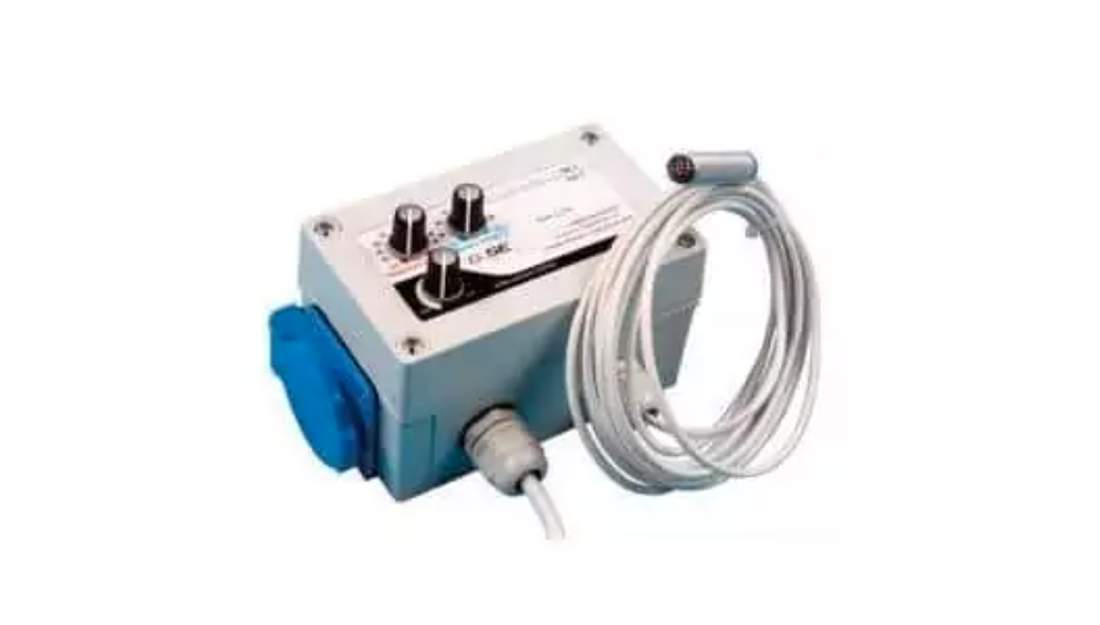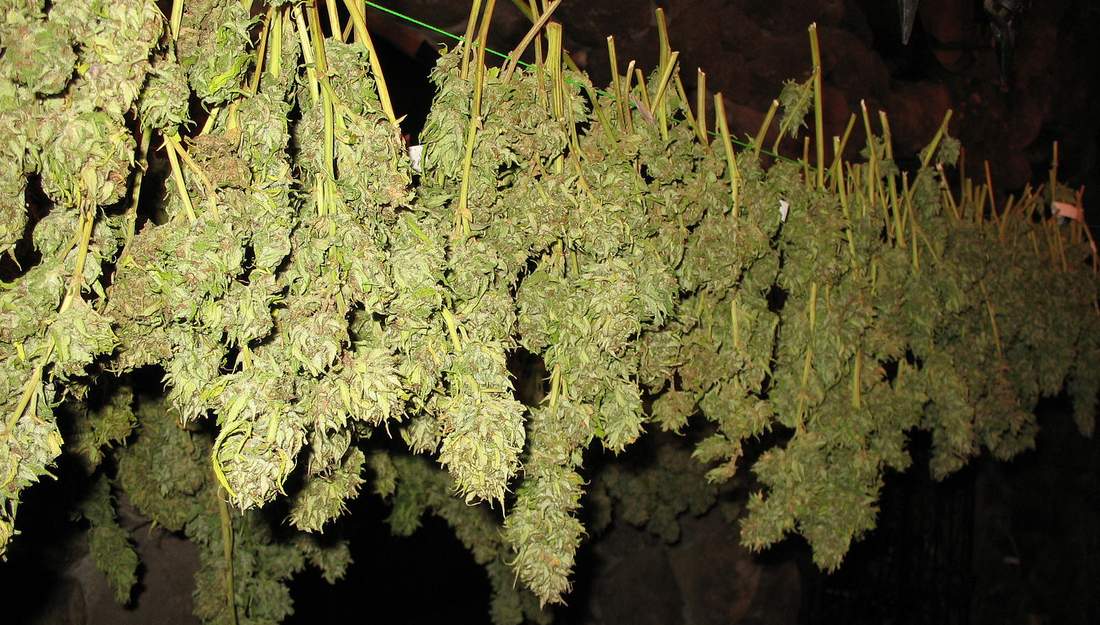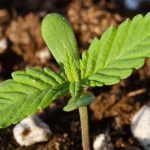How to Properly Dry Cannabis Plants
After carefully determining the right moment to harvest cannabis plants, drying them properly is the next crucial step. Drying cannabis correctly preserves the potency, flavor, and overall quality of your harvest. This guide will walk you through the best drying techniques, common mistakes to avoid, and how to create the perfect drying environment for your plants.

What is drying marijuana?
Drying marijuana is a fundamental process by which flowers are left at the right moisture content to obtain the best quality and enjoy an optimal experience when consuming. This is achieved when the buds dehydrate from a wet to a dry state, although it is important not to overdo it, as it can be counterproductive.
The process of drying marijuana helps to remove chlorophyll as well as other unwanted substances and leaves the final product in its most optimal state for consumption.
Why Proper Drying is Important
The drying process plays a vital role in cannabis quality. Properly dried buds not only retain their potency but also maximize the flavor and aroma. Furthermore, drying helps to remove excess moisture from the buds, preventing mold and mildew. Rushing or poorly managing this stage can result in harsh smoke, degraded cannabinoids, or even ruined harvests.
Step-by-Step Guide to Drying Cannabis
Drying marijuana is a simple process, but it is not risk-free. That is why it is necessary to follow a series of steps in order to complete the task successfully. Below, you can see each one of the steps to dry marijuana correctly.
But before we get into the nitty-gritty of how to properly dry marijuana, we need to make a very important point. Drying cannabis is a process that, like growing, takes time. And the patience you need to have, to wait as long as it takes, is going to be one of the most fundamental values of this whole process. Marijuana flowers must be dried slowly in order to obtain the highest quality product possible.
The main stages for drying marijuana correctly are: having the plant on the right moment, preparing the environment, separating the buds, establishing an optimum temperature and humidity, controlling the drying time and controlling the humidity.
The first step to drying cannabis properly, obviously, is to have a cannabis plant with fully matured flowers. It may seem obvious, but it is an essential first step to successfully complete the task of drying.
Within this trilogy dedicated to harvesting cannabis we have a first article, prior to this one, where we tell you in detail how to cut marijuana, if you are not sure how to do it, you can take a look at the following link.

1. Ideal Conditions for Drying Cannabis
The ideal environment for drying cannabis should be controlled to avoid mold and to preserve terpenes and cannabinoids. Follow these recommendations to create the optimal drying space:
- Temperature: Keep the drying room temperature between 18-22°C (65-72°F). Avoid higher temperatures, as they can cause terpenes to evaporate, reducing flavor and potency.
- Humidity: Maintain humidity levels between 45-55%. Too high and you risk mold; too low and the buds can dry out too quickly, which leads to harsh smoke.
- Air Circulation: Ensure gentle air movement around the drying space. Use a small fan, but don’t aim it directly at the buds to avoid over-drying them. Air circulation helps to prevent mold formation.
- Darkness: Keep the room as dark as possible. Light degrades THC and other cannabinoids, which can reduce the overall quality of the buds.
2. Hanging and Drying Methods
Once the ideal environment is established, you can begin drying your cannabis. The most common method is hanging the plants upside down by their branches:
- Trimming Before Drying: You can trim the large fan leaves before hanging, or wait until after drying to perform a full trim. Pre-trimming allows better air circulation and can speed up the drying process, while post-trimming keeps the buds protected from potential contaminants during drying.
- Hang by Stems: Cut the branches from the plant and hang them upside down in the drying space. This method allows the buds to retain their natural shape while drying evenly.
- Drying Racks: Alternatively, use drying racks for individual buds. This method can be more space-efficient but may require more frequent monitoring to avoid over-drying smaller buds.
3. How Long Does the Drying Process Take?
The drying process generally takes 7-14 days, depending on the environmental conditions and the size of the buds. To ensure that the buds are drying evenly, check them daily and adjust the humidity or air circulation if needed.
You can tell that the buds are ready for the next step (curing) when the smaller stems snap instead of bending. If the stems are still pliable, they need more drying time.
The ideal installation has two extractors, one that removes stale air from the room, and one that brings clean air into the room. The first should be twice as powerful as the second, and the appropriate power for the drying room can be calculated with a very simple formula that we showed you in an article on extraction that you can access here.
The fan, on the other hand, has a different function, it is not about renewing the air, but, in this case, to remove any possible humidity you may see, and also to move the flowers slightly.
Separating the buds
It is important to separate the buds before drying. This helps to improve air circulation and ensure more even drying. The buds can be separated with scissors or a very sharp knife.
However, there are many people who prefer to do the drying by branches, without separating the flowers one by one. Finally, there are also people who prefer to dry the whole plant. This is in principle correct, much more comfortable, and can be done in this way, in 99% of the cases there will be no problem. The only problem is that there may be a slightly higher risk of mildew on very dense branches.
How to control the temperature?
During the whole drying process of cannabis flowers, we need to have the temperature indicated above in a stable way, how do we achieve that. Well, the easiest way to achieve this is to have it naturally, but let’s face it, in most cases we are not going to have that stable, ideal temperature every day and every hour.
And if we do not have that temperature naturally, there is the possibility of installing an air conditioning system that has a thermostat by which we can indicate a temperature and that the device always turns on when it is necessary.
How to control the humidity?
Something similar happens with humidity, it is quite difficult to have an ideal humidity for long periods of time in a natural way. The most common thing is that at night the humidity goes up, and during the day the humidity goes down. Or when a squall comes in, the humidity rises, while if an anticyclone comes in, the humidity drops.
It is essential to control the humidity during the drying process. This can be achieved by using a moisture meter or hygrometer. These devices measure the humidity of the air to ensure that the environment is optimal for drying. If the humidity is too high, it is important to extract and renew the air in the space to reduce the humidity.
There are accessories that allow you to detect the humidity in the air, and when it rises above the indicated limit turn on the extraction equipment to remove the humidity, in our online shop, you can find several models.

How to arrange flowers for drying
In drying, many growers, for convenience, often hang whole plants upside down. They also believe that hanging flower clusters upside down for drying causes the resins to move by gravity to the limbs, as with other superstitions, little or no resin or cannabinoids are transported through the vascular system after the plant has been harvested.
What is true, however, is that it is a useful way to dispose of freshly cut marijuana plants. Inverting the plants for drying causes the leaves to hang very close to the flower clusters when dried, and the resins are protected from external handling of any kind. The flower clusters also look more attractive and larger if they are hung.

And although the ideal way to arrange the flowers is not with the whole plant, it is by branches, or even by separating the small flowers and the large bunches. Once separated, they should be hung, as if they were on a clothesline, with some separation between each one of them.
Once the branches are hung with some separation between them, we must cut and get rid of the largest leaves. These are called parasols, and are the ones that retain the most moisture in the whole plant, which is why it is necessary to remove them from the drying room from the very beginning.
Common Mistakes to Avoid
We havetalked about them in some ways, but it is always useful to have the most common errors highlighted in one place, here you go, don’t forget to not:
1. Drying Too Quickly
Drying cannabis too fast can result in overly harsh smoke and a loss of terpenes, which are responsible for the plant’s flavor and aroma. This often happens if the drying space is too hot or too dry.
2. Drying Too Slowly
If your drying space is too humid or lacks proper airflow, buds can take too long to dry. This increases the risk of mold and can lead to a decrease in potency and quality.
3. Not Monitoring the Environment
It’s important to monitor the temperature, humidity, and airflow regularly during the drying process. Neglecting to check these factors can result in subpar buds or, worse, a ruined harvest.
Additional Tips for the Best Drying Results
- Trim Leaves Strategically: Pre-trimming the larger leaves can improve air circulation and drying time. However, leaving smaller sugar leaves can help protect the trichomes during the process.
- Avoid Overhandling: Touching the buds too much can knock off valuable trichomes, so handle them as little as possible during drying.
- Use Hygrometers: Place hygrometers inside your drying room or in jars (during curing) to monitor humidity levels accurately. This helps prevent over-drying or moisture retention that leads to mold.
When is the Drying Process Complete?
Flower clusters, including stems and large leaves, are commonly dried to 25% of their original fresh weight (must lose 75% of their weight in water). When dry enough to be stored without the threat of mildew, the branches should break when bending them.
This breakage should be complete and there should be no threads left, the sound of this breakage is very characteristic and sounds like a “crack“. This is the most appropriate moment to finish drying that branch, but be careful, there are other branches with more material that may take longer and others with less material that may have taken less time. As always with marijuana, careful treatment makes all the difference.
The part that takes the longest to dry is the central bud, the central stem of the flower cluster will also break when bent, before moving on to the next stage.
As a general rule, marijuana has to contain approximately 10% water in order to be cured, stored or consumed in optimal conditions. In the following image you can see a marijuana with its dried flowers at the optimum point.
In short, drying marijuana is
Hang the plant divided by branches, so that there is less danger of one part of the plant being too dense, without access to air renewal and mould wreaking havoc. Once hung, we can handle them comfortably, at this point we proceed to cut off the largest leaves, especially the so-called “parasols”, as these are the areas of the plant that store the most humidity and can hinder or prolong the drying process too much. These cut remains should be removed and stored in another room, or thrown away, as these large leaves have hardly any active properties.
Dry the branches in a well-ventilated room; if there is no natural ventilation, an extraction system should be installed. In places with a lack of space, you can create a drying room, for example with a cardboard box as you can see in the image below.

Drying has to be done slowly, without light and in a dry and cool environment, with temperatures of approximately 18º to 26ºC, until an optimum point is reached.
A dehumidifier can be used, but it is only recommended for humid areas, as it tends to accelerate the drying process too much. It is also advisable to use a low-power fan, preferably one that moves sideways, so that the leaves also move a little and prevent the appearance of fungus.
What is the best way to dry buds?
The best way to dry buds is to place them in a drying room set up with a ventilation and air conditioning system. If we can’t have that, a dark, ventilated place with a temperature between 18 and 26 degrees will work well too. It is recommended to hang them by branches, as if they were clothes drying.
How long should marijuana be dried?
There is no exact time period for drying marijuana, this is due to the influence of many variable factors, such as the following: size of the flowers, ambient temperature and humidity, accessories that facilitate the drying of the cannabis.
What happens if I don't let a bud dry?
If a bud is not allowed to dry, there is a good chance that it will be attacked by fungi, causing mould and making it necessary to discard it. It may also dry out over time, but more poorly.
Where to dry the buds?
Always dry the buds in a dedicated drying room. If this is not possible, a cupboard can be used. A cardboard box can be used as a last resort.
Final Thoughts
Drying cannabis correctly is a crucial step in ensuring your harvest reaches its full potential. By carefully controlling the drying environment and following best practices, you can prevent common mistakes and preserve the potency, flavor, and aroma of your buds. Stay tuned for our next guide, where we’ll dive into the curing process to complete the post-harvest journey, follow the next link to finish this trilogy about harvesting cannabis.

Founder of Experiencia Natural, creative and entrepreneur, designer, master in grower and marketing. For a normalization of all plants and substances, giving priority to patients and users.















